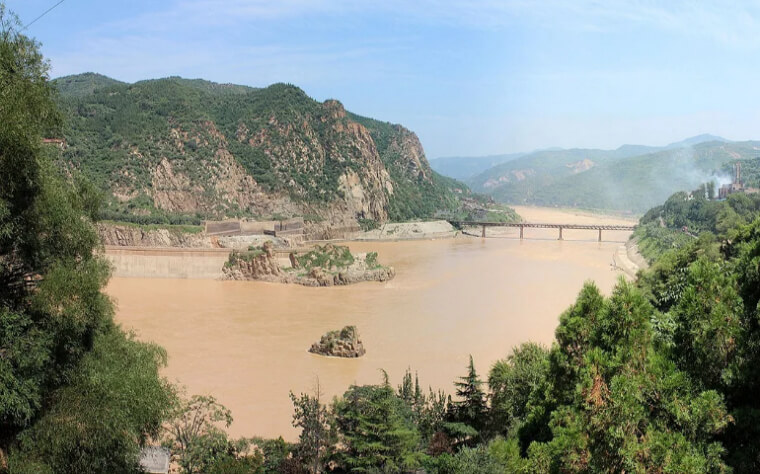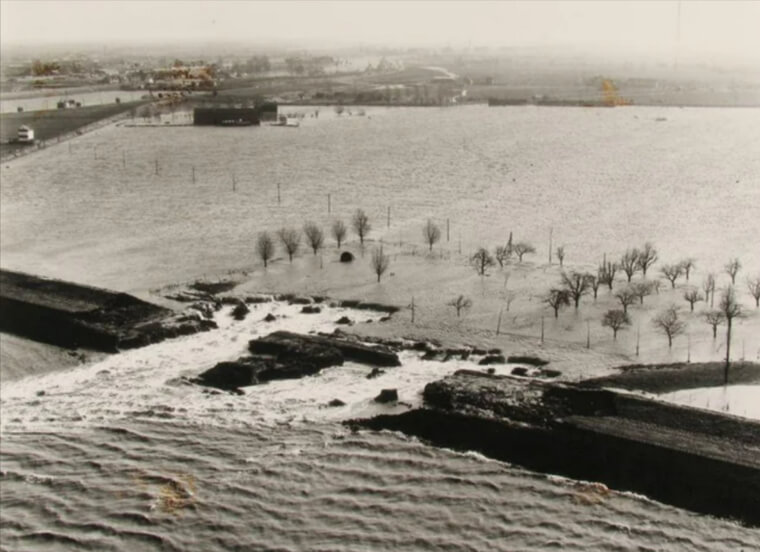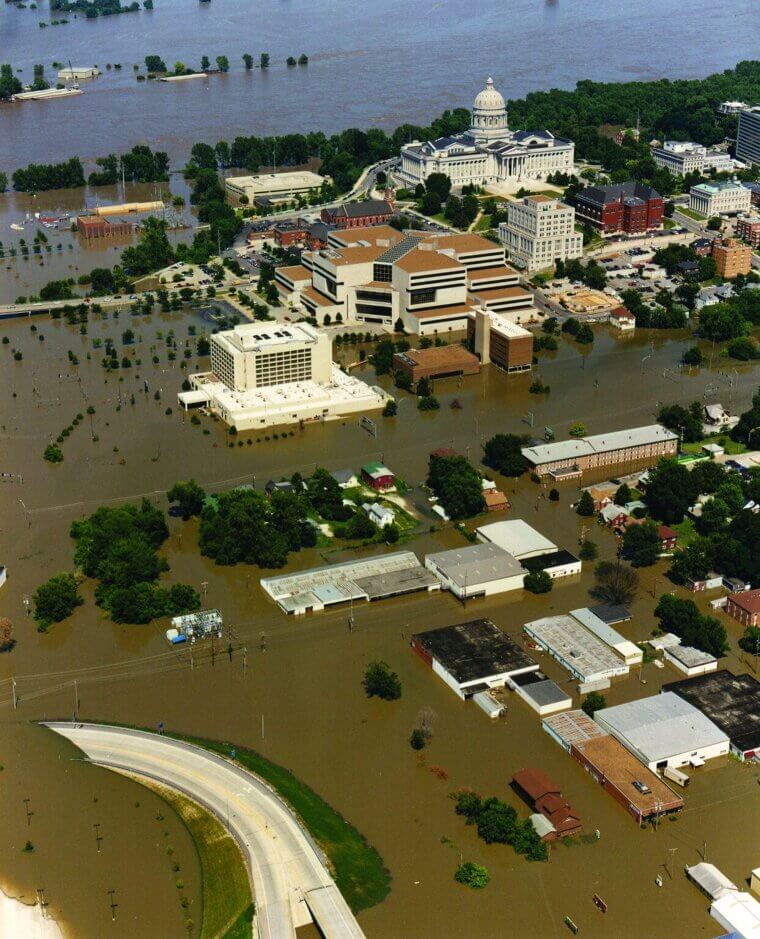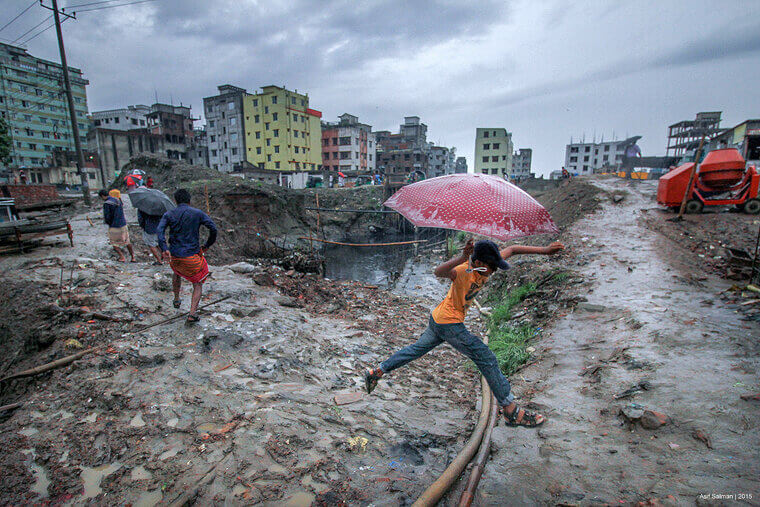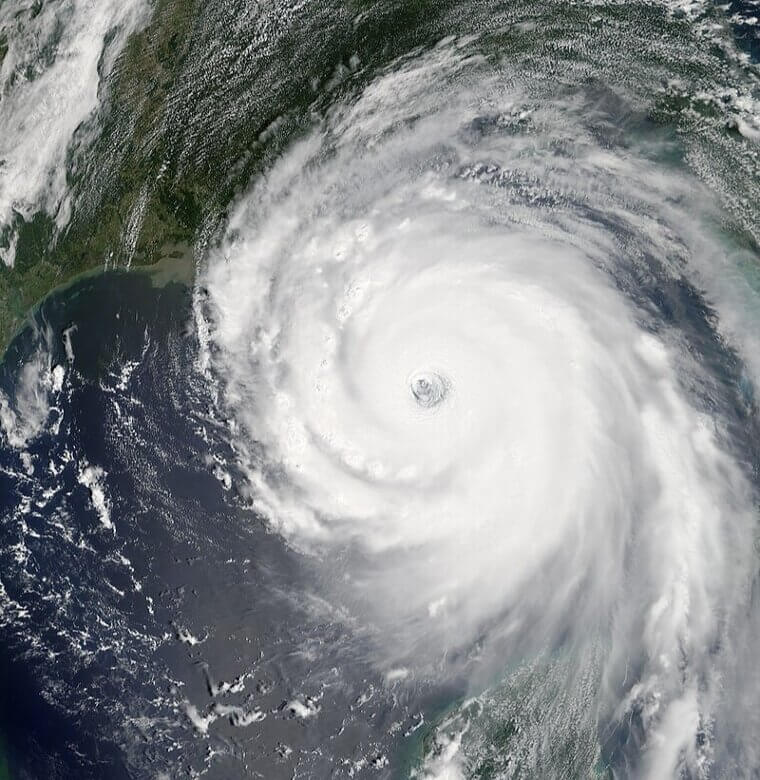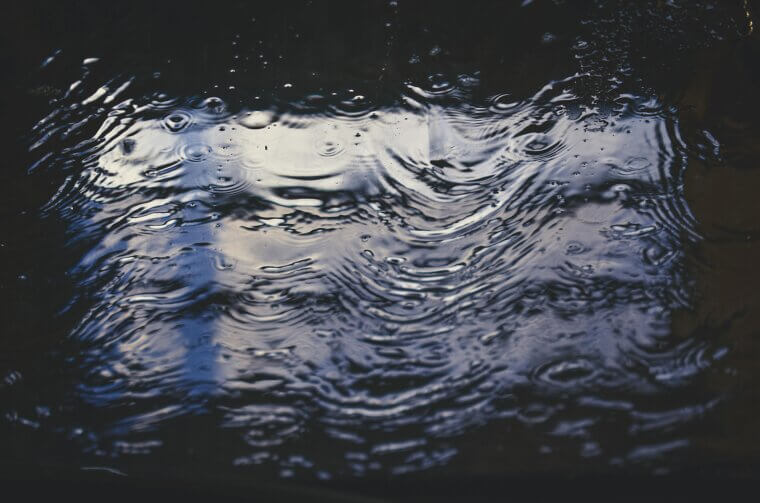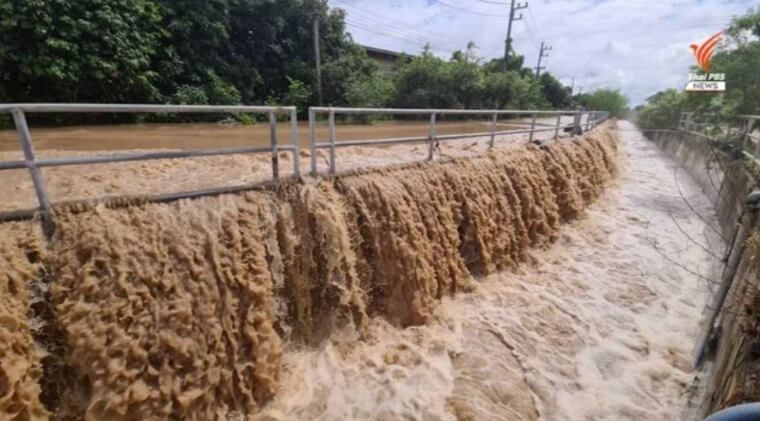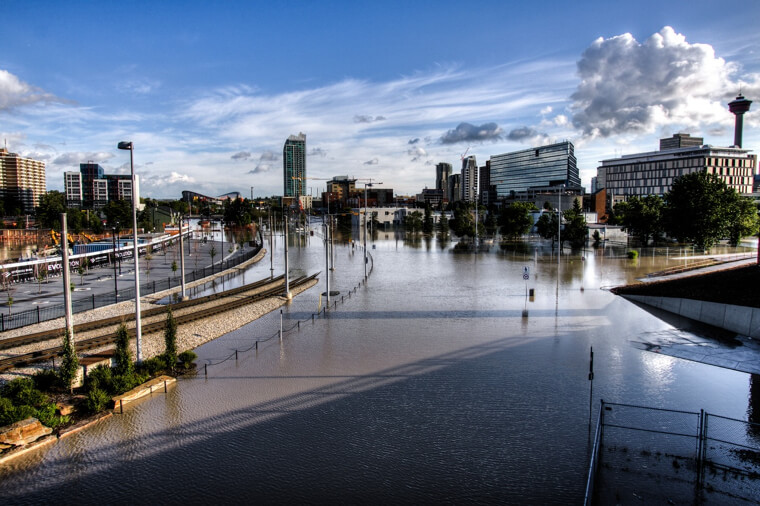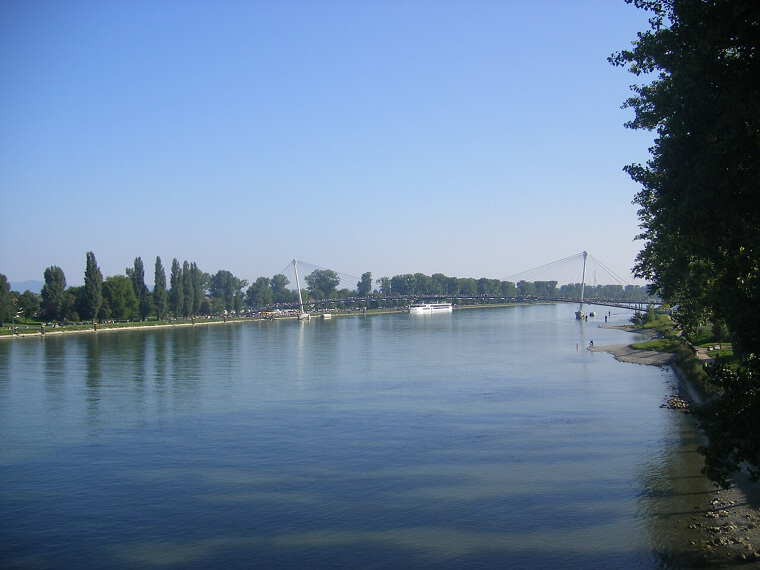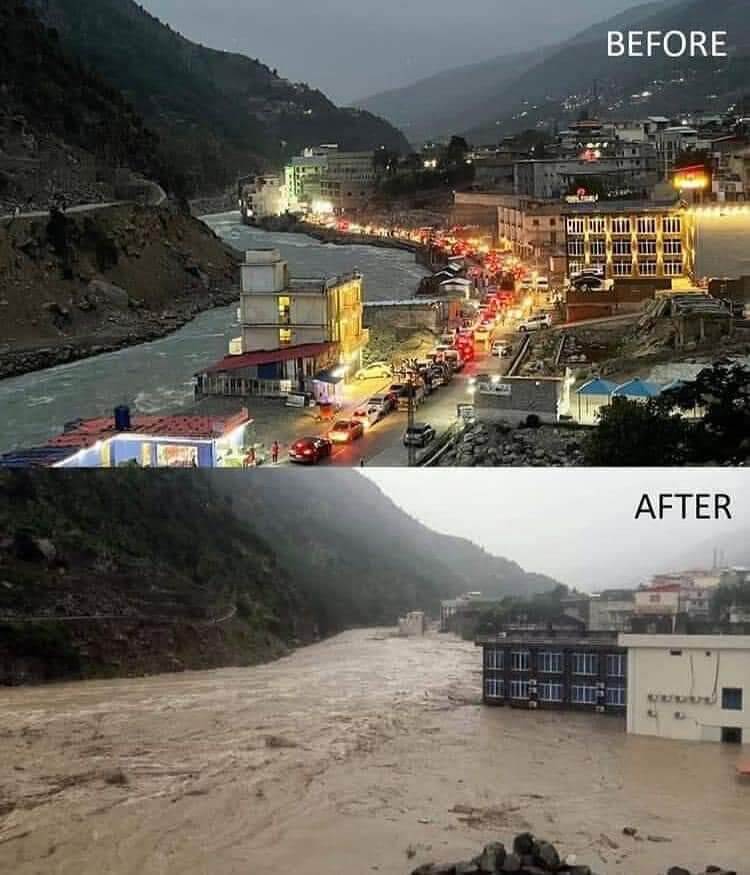China’s Yangtze and Huai Floods (1931)
Record monsoon rains and late snowmelt in 1931 swamped the Yangtze, Huai, and Yellow basins, turning provinces into inland seas. Villages shifted to safer terraces, and millions relocated along higher ground as boats became buses. The disaster seeded grain reserves, setback levees, and later multi-purpose dams that tried to tame seasonal pulses. Hydrologists still study basin teleconnections and the value of floodplain storage. Folk songs and river prayers remember lost homes and brave ferrymen. Today, you can see retention lakes, raised village platforms, and wider embankments. Lesson: manage basins.
North Sea Flood (1953)
On a January night in 1953, a deep low and high tide stacked the North Sea into a wall, overtopping defenses in the Netherlands, eastern England, and Belgium. Villages moved inland, and low-lying farms gave up their water as new space became available. The response included building the Delta Works, planning the Thames Barrier, and installing sirens along coasts. Engineers refined surge models, movable gates, and dune reinforcement. Annual memorials shaped a shared never again ethic. Today, the Maeslantkering, the Oosterschelde barrier, and higher dikes stand proof. Takeaway: Hard gates work best with an inland room.
Great Mississippi and Missouri Flood (1993)
Summer 1993 soaked the Midwest for months, saturating soils until the Mississippi and Missouri overtopped hundreds of levees. Communities accepted buyouts and rebuilt on higher ground, turning former streets into parks and greenways that now store water. Policy shifted toward levee setbacks, wetland restoration, and FEMA programs that favored retreat instead of repeat loss. Scientists reworked flood frequencies and mapped levee breach dynamics. Towns like Valmeyer rebuilt uphill with a proud shared identity. Today, utilities sit on stilts, and floodplains host trails. Lesson: retreat can deliver a better town tomorrow.
Bangladesh Monsoon Floods (1998)
From June to September 1998, monsoon peaks and upstream flows left Bangladesh underwater for weeks. Families raised homesteads on earthen plinths, planted floating gardens, and turned schools into shelters when rivers rose. Government and NGOs expanded cyclone and flood shelters, warnings, and community boat networks that acted like lifelines. Scientists advanced cross-border river modeling and forecast-based financing that releases aid before crests arrive. Poems and boat brigades kept spirits afloat. Today, you see killas for livestock, flood-resistant latrines, and elevated classrooms. Lesson: Prepare the household first.
Hurricane Katrina and New Orleans Levee Failures (2005)
In August 2005, storm surge and canal failures sent water across New Orleans, filling neighborhoods like bathtubs. A diaspora scattered, then many returned to elevated homes and new blueprints for living with water. The rebuild added surge barriers, stronger floodwalls, modern pumps, and buyouts in the lowest bowls. Scientists pushed the system of systems thinking and argued for coastal wetlands as storm buffers. Culture anchored return with music, food, and second lines. Today, Gentilly resilience projects, higher houses, and reworked canals stand out. Lesson: store, steer, and slow water citywide now.
Brisbane and Queensland Floods (2011)
La Niña rains in late 2010 and January 2011 swelled southeast Queensland’s rivers and filled Wivenhoe Dam’s catchment, sending water into suburbs and towns. Communities adopted buybacks, set new floor levels, and built local levees to break future peaks. Authorities updated dam rules, improved early warnings, and wrote floor height codes into permits. Engineers mapped floodplains, tracked debris transport, and refined release timing. The mud army volunteered by the thousands, supported by tool libraries. Today, riverwalks are rebuilt, utilities raised, and detention basins added. Lesson: codify, rebuild heights quickly now.
Thailand’s Chao Phraya Floods (2011)
A long monsoon in 2011 overflowed storage upstream and met bottlenecks downstream, flooding central Thailand and Bangkok’s industrial estates. Factory towns elevated platforms, protected urban floodways, and in some cases, shifted sites entirely. The city added dike rings, estate-level barriers, and new retention parks known as monkey cheeks that store peak water. Scientists coupled river and canal models and mapped supply chain risks that rippled globally. Temples and schools served as hubs for relief. Today, raised roads, park reservoirs, and higher berms dominate. Lesson: flood-proof key job centers.
Calgary and High River Floods (2013)
In June 2013, upslope rains on the lingering snowpack caused the Bow and Elbow rivers to rise rapidly in Calgary and High River. Deep flood zones saw voluntary buyouts, berms, and land swaps that freed conveyance corridors. Upstream storage projects, debris nets, and tougher downtown utility rooms followed. Scientists studied mountain hydrology, rain on snow, and where rivers pinch through cities. Volunteers formed muck-out crews that became neighborhood legends. Today, pathways sit higher, bridge piers wear armor, and channels run wider. Lesson: fortify pinch points before the next deluge arrives.
Western Europe Floods in the Ahr and Meuse Valleys (2021)
In July 2021, stationary storms dumped extreme totals into steep catchments of Germany, Belgium, Luxembourg, and the Netherlands, turning creeks into wrecking balls. Town centers shifted to safer ground, buyouts cleared narrow gorges, and memorial greenways kept high water lines visible. Siren networks and cell broadcast alerts expanded, while bridges returned with larger spans. Scientists advanced flash flood forecasting and studied debris chokes at culverts. Residents preserved high water marks in plazas and on walls. Today, electrics sit higher, ground floors sacrificed, and streets favor rivers. Lesson: design for debris.
Pakistan’s Countrywide Floods (2022)
From June to October 2022, exceptional monsoon rains, combined with glacial melt, flooded vast stretches of Sindh, Balochistan, and beyond. Displacement lasted for months, but communities rebuilt hamlets, adjusted their planting calendars, and tested new seed choices to recover. The government expanded early warnings and cash transfers while repairing embankments and canals. Scientists mapped glacial lake outburst risks and tracked the monsoon with satellites. Village kitchens, mobile clinics, and classroom tents carried daily life. Today, elevated handpumps, repaired causeways, and pilot flood resilient housing appear. Lesson: pair relief with long-term elevation.

